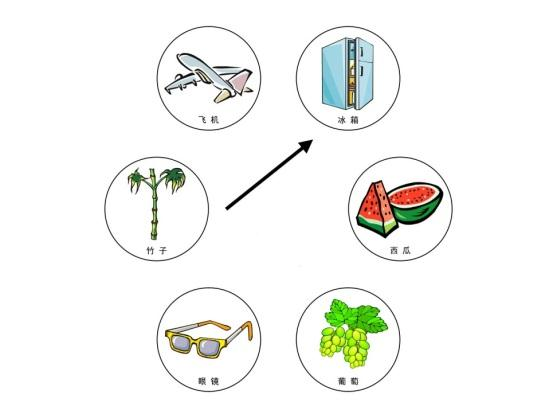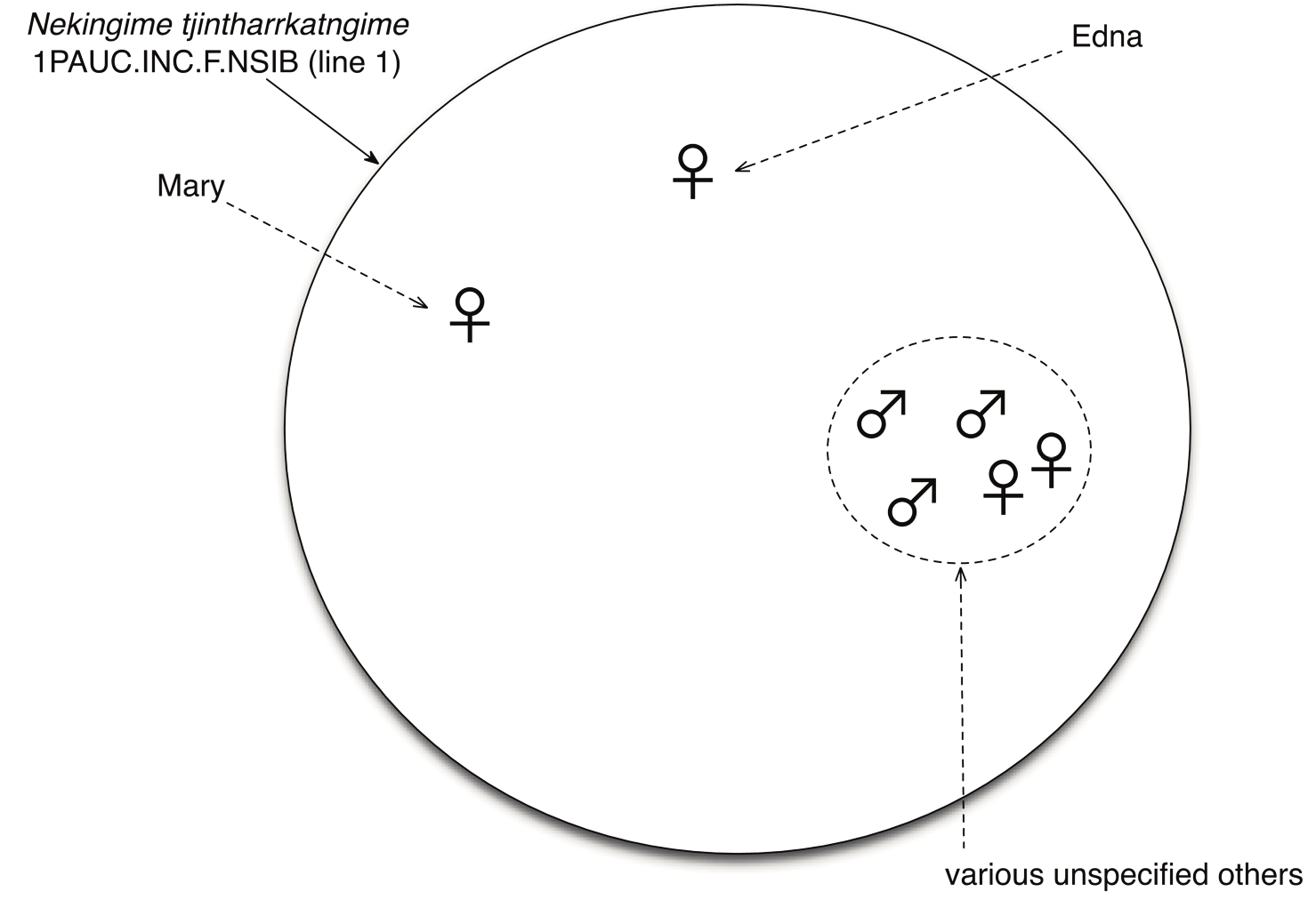- From: George Kerscher <kerscher@montana.com>
- Date: Mon, 13 Jul 2015 08:14:22 -0600
- To: "'Richard Schwerdtfeger'" <schwer@us.ibm.com>, <janina@rednote.net>
- Cc: "'PF'" <public-pfwg@w3.org>, "'SVG WG'" <public-svg-wg@w3.org>, <public-dpub-aria@w3.org>, <cooper@w3.org>, <jbrewer@w3.org>, "'Markus Gylling'" <markus.gylling@gmail.com>, <public-digipub-ig@w3.org>
- Message-ID: <006801d0bd76$3834a830$a89df890$@montana.com>
Dear Rich and PF WG Copying the DPub working group. Below is the reply from the DPub working group you requested. We also have three attached images for illustration. We look forward to a time in August where we could gather on a call. Best George on behalf of the DPub Accessibility WG. Begin message: The Digital Publishing Interest Group asserts that the describedat ARIA property genuine utility to the publishing industry. The myriad advantages of the attribute to the industry include: 1. Showing the user an extended enhancement without losing current context. . Not offered by linking in HTML in a standard way. . Context is necessary for accessibility. This is especially important for anybody using a screen reader, or for any user with cognitive impairments. However, since both magnification use and mouse-less keyboard-less browsing can increase the difficulty of navigating, providing easy links to context can be very important. . Publishing use case: An article in Example Magazine contains multiple complex infographics that need to be described with watermarks/breadcrumbs guaranteeing the reader will always return to the current context. 2. Offering 3D printer models as enhanced alternatives to viewing/printing for complex objects, such as a rotating visualization or a relief map. . Not offered by describedby, alt, longdesc. linking in HTML can't wrap complex dynamic objects, or objects which are already links. . 3D printing models of 3D visualizations will be a game changer for blind/VI users of digital publications. . Publishing use case: An art history textbook with 3D printing instructions for Bernini's David 3. Providing structured markup in an extended enhancement. . Not offered by describedby or alt. . Structured markup is vital for accessibility. A screen reader user who does not have access to structure cannot navigate to the items in the list, cannot navigate via heading, and cannot have a screen reader voice appropriately change language according to language tag markup. Without structured markup a screen reader user cannot easily skim or skip around the sections of a lengthy extension. . Publishing use case: a linguistics textbook with complex data visualizations needing rich description, including bulleted lists and marked up multi-language sections. (See attached images for examples.) 4. Providing an extended enhancement to any element, even one thatis already a link . Not offered in all cases with alt, longdesc, linking in HTML. . Extended enhancements need to be available for all page items for accessibility. Many images or complex visualizations on the web are already links as part of site design. Those need to be available to blind/VI users just as much as unlinked images. . Publishing use case: a historical map in a political science reference manual, with Baltic States clearly marked on the historical image links to a higher-definition map. 5. Providing an extended enhancement to any element, including a dynamic one. . Not offered in all cases with alt, longdesc, linking in HTML. . Extended enhancements need to be available for all items for accessibility. Many images or complex visualizations on the web are rich dynamic applications which cannot be made into links. Those need to be available to blind/VI users just as much as simple images. . Publishing use case: a required reading quiz at a chapter end with a manipulatable, dynamic timelapse overlay. 6. Offering a large number of very lengthy enhancements in a single page without bloating the size and complexity of the source page . Not offered by describedby, alt. . There are myriad reasons why this is an accessibility use case. First of all, accessibility has to become something publishers are willing to add to their digital publications. If adding many extended enhancements bloats the page such that it has a slow load time for the users who will not access the extended enhancements, publishers are less likely to add the enriched material. Moreover, slow load time can increase reading difficulties for users with cognitive impairments, as well as for users with visual impairments, who are not necessarily informed of what is happening during page load. . Publishing use case: a picture book displaying a complex four-part story, in which details from one story interact with details from another. . Publishing use case: a biology textbook chapter with a very large number of cell images, each of which needs to be described with description of the cell components 7. Providing access to extended enhancements in ways that don't conflict with visual design. . Not offered by linking in HTML. . Although visual designers and layout designers need to follow accessibility standards, ultimately visual design is often decided in such a way that negotiation is impossible, sometimes contractually and sometimes aesthetically. Putting a hyperlink after the item with the anchor text "enhanced explanation of table 1.1" relies on the ability to modify layout and visual representation. Exposing the enhancements via user agent functionality or adaptive technology doesn't have an influence on the visual design. . Publishing use case: a publisher receives the contract for creating an ebook of the original draft of Samuel Beckett's Waiting for Godot. The terms of Samuel Beckett's will specify that no words be visible on the page which were not written by Beckett himself, and the visual layout be as close to his original draft as is possible. 8. Reusable, updateable and programmatically referenceable extended enhancements. . Not offered by describedby, alt . Publishers are most likely to rapidly implement accessibility practices that have a sustainable workflow. . Publishing use case: an online test manufacturer uses the same complex table in a whole series of online tests; in the three different e-books they publish about practicing for the tests; and in the answer key provided to test scorers. They write a single extended enhancement and store it in a database along with the ID of the table. When the test is released, the describedat attribute is added referencing a link to the extended enhancement, which is made available online. After the tests have been released and pushed to test centers, the test manufacturer discovers an error in the complex table description. They update a single description. Sample Markup for a subset of these use cases included at end. We acknowledge that concern has been raised over the inability to access online resources in an offline source document. However, we believe that concern is being adequately addressed by ongoing efforts in the Digital Publishing space to collapse the currently-sharp distinction between online and offline resources. EPUB+WEB < <https://w3c.github.io/epubweb/> https://w3c.github.io/epubweb/> is the primary umbrella project collecting all the avenues of research in this space. Annotations may address some of these use case, but it is not yet a Recommendation, and accessibility needs to be further addressed in the Draft. The DPUB IG has open and active channels of communication with the BISG accessibility team, and is confident that the publishing industry is passionate about accessibility at this moment, and is very willing to attempt to implement standards formalized by the W3C and implemented in user agents. The use cases above are problems the publishing industry must solve in the near future, and it is looking to the W3C for help formulating solutions. In the last several months, there has been a whirlwind of activity around accessibility in the publishing community. Every industry organization (more than 30) has a task force dedicated to accessibility, to the point that several of us are working to consolidate efforts. This query comes at a time of heightened awareness in the publishing world, as several key actors are poised to act. Publishers are embracing the full suite of accessibility best practices, and describedat is a powerful tool. We will evangelize this as the best option, and they have shown they are poised to listen. Sample Markup: Example for Use Case 2. <img src=" <http://www.worldmapsonline.com/images/HS432.jpg> http://www.worldmapsonline.com/images/HS432.jpg" alt="Relief map of the United States" aria-describedat="/CAD_files/usmap.cad"> Example for Use Case 5. On a Google maps time lapse view used in a dynamic textbook, eg: <https://www.google.com/maps/@42.362753,-71.089829,3a,75y,213h,90t/data=!3m7 !1e1!3m5!1s46xSQNv8yySyc1t9rJBaig!2e0!5s20121001T000000!7i13312!8i6656!6m1!1 e1?hl=en> https://www.google.com/maps/@42.362753,-71.089829,3a,75y,213h,90t/data=!3m7! 1e1!3m5!1s46xSQNv8yySyc1t9rJBaig!2e0!5s20121001T000000!7i13312!8i6656!6m1!1e 1?hl=en <div jstcache="517" class="widget-timemachine-dropdown-container" aria-describedat="TimeMachineTextualEnhancement.html"> ... </div> Example for Use Case 6. Also works as an example for Use Case 3. File 1: black-and-white.html <img src=" <http://students.english.ilstu.edu/jmklass/images/black2.jpg> http://students.english.ilstu.edu/jmklass/images/black2.jpg" alt="David Macauley's Black and White, pages 5-6" aria-describedat="/foo/bw56.html"> File 2: bw56.html <h1>David Macauley's Black and White, pages 5-6</h1> <!-- TOC here --> <h2>Story 1: Seeing Things</h2> <h3>Art Style</h3> ... <h3>Text</h3> ... <h3>Art Style</h3> ... <h3>Image description</h3> ... <!-- repeat for stories 2-4 --> <h2>Inter-story Interaction</h2> <!-- Describe the interaction between stories 2 and 4 as shown in the image --> From: Richard Schwerdtfeger [mailto:schwer@us.ibm.com] Sent: Wednesday, June 17, 2015 6:54 AM To: George Kerscher; janina@rednote.net Cc: PF; SVG WG; public-dpub-aria@w3.org; cooper@w3.org; jbrewer@w3.org; Markus Gylling Subject: aria-describedat George, Janina, As you know, we put aria-describedat in the ARIA 1.1 spec., however the caviat for it staying was that we see adequate support from a number of key publishers that they would commit to using it if we actually kept it in the specification. This was months ago. Janina had promised me that after I came back from vacation that we would see something either way from publishers. I have been back two weeks now and there has been no movement. At this point I am trying to lock down the ARIA 1.1 specification so that we can work on ARIA 2.0 which will address critical features such as extensibility and greater support for web applications. Also, the group has additional modules in development for digital publishing and graphics that are coming in parallel that are taxing people's time. So, allowing for possible mis-communications between PF and the publishers I am going to give to mid-August to see a strong response from publishers. If we do not see it I am going to propose that aria-describedat be removed from the ARIA 1.1 specification. Rich Rich Schwerdtfeger
Attachments
Received on Monday, 13 July 2015 14:16:13 UTC


